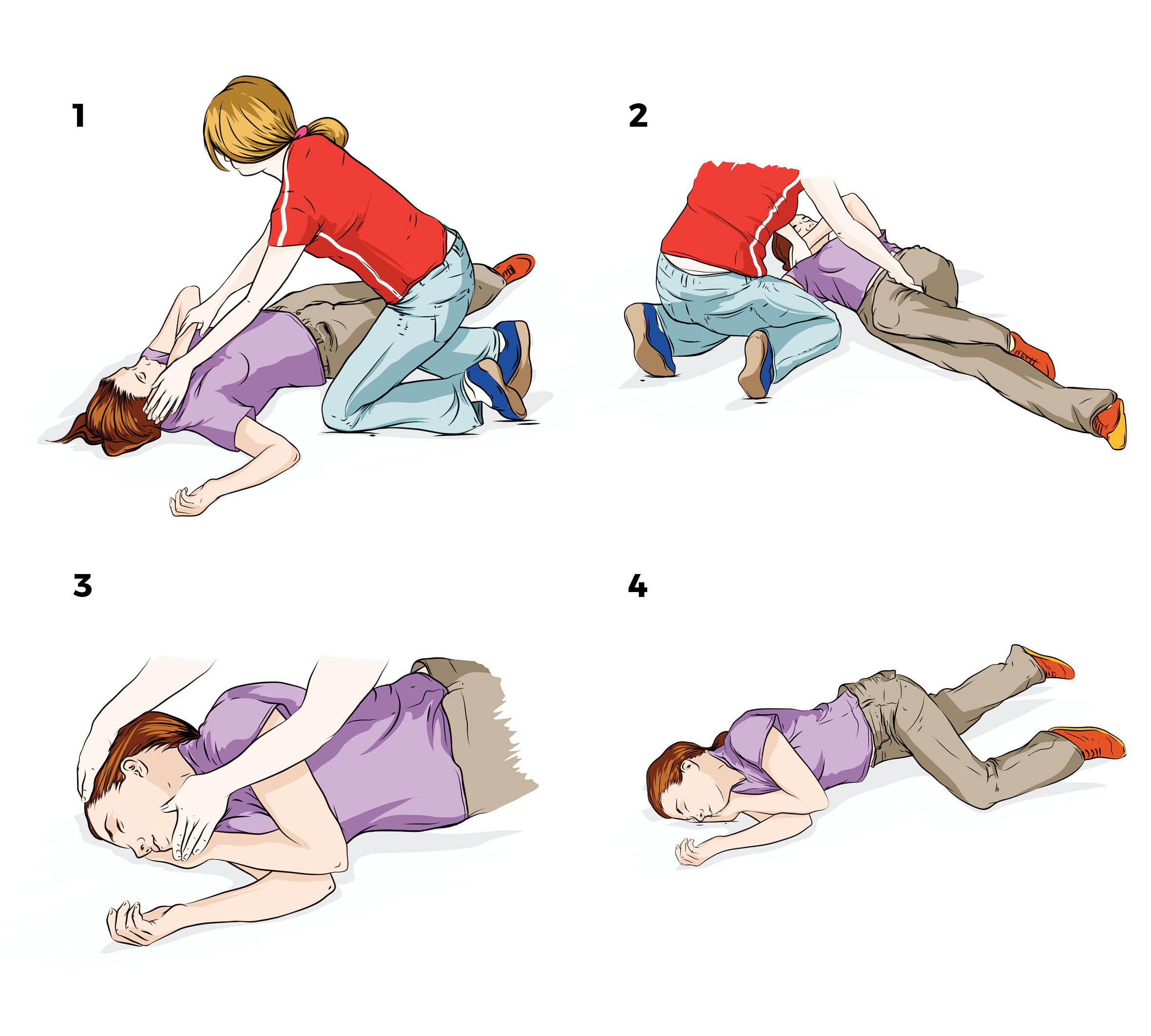Codeine
Also called cody, sizzurp, syrup
Codeine is a depressant drug which means that it slows down the messaging between the brain and the body. Codeine belongs to a group of drugs known as opioids, in itself it has little effect, however in most people it is converted to morphine in the liver which is how it works as a pain reliever. It is a prescription medicine which is prescribed by doctors to help people with pain management. Products containing codeine may be better known by a range of brand or trade names.
Generic Name Trade Name
Aspirin and codeine Codral Cold & Flu Original®, Aspalgin®
Ibuprofen and codeine Nurofen Plus®
Paracetamol and Panadeine Forte®, Panamax Co®
codeine
Paracetamol, codeine and Panalgesic®, Mersyndol®, Mersyndol Forte®
doxylamine
What does it look like?
- Tablets or capsules
- Soluble powders
- Liquids
- Commonly swallowed
People commonly use codeine for acute or short-term pain management. Some people may also use codeine to feel euphoric or to feel relaxed. Other short-term effects include:
- Small pupils
- Slurred and slow speech
- Slow breathing
- Decreased heart rate or palpitations
- Sweating
- Cold clammy skin
- Itchiness
- Drowsiness
- Dizziness
- Confusion
- Nausea / vomiting
- Stomach ache
- Constipation
- Difficulty urinating
People who inject are at higher risk of additional harms such as:
- Blood-borne viruses
- Bacterial and fungal infection
- Damage to the circulatory system
- Increased likelihood of overdose
Codeine affects people differently depending on a range of factors including how strong it is, dosage size, whether it is used with other drugs, and the individual characteristics of the person.
- Constipation
- Reduced sex drive
- Irregular periods
- Ulcers and internal bleeding
- Liver damage
- Kidney failure
- Heart attack
- Spending a great deal of time getting, using, or recovering from the effects
- Using in greater amounts, or for longer than originally planned
- Needing to use more to get the same effect
- Having cravings, difficulties stopping/reducing use
- Experiencing withdrawal symptoms
- Social problems including relationship issues, financial problems, impacts on study or work and legal problems
The best option for people dependent on codeine is opioid treatment which should be discussed with your doctor or local alcohol and drug treatment service. Withdrawal symptoms may be unpleasant, however they will lessen over time. Withdrawal symptoms include diarrhoea, stomach ache, leg cramps, nausea, sweats and chills, increased heart rate, low mood, anxiety, irritability, poor sleep and cravings.
Codeine use may increase the risk of miscarriage, premature delivery, and low birth weight. Regular codeine use throughout pregnancy can cause the new born baby to experience withdrawal symptoms. For people who are concerned about their codeine use while pregnant or breastfeeding, it is important to talk to your doctor or health professional.
If so, questions you may wish to ask your doctor are:
- What are the benefits of using them?
- What are the risks associated with using them?
- Are there any safer or better alternatives? (including non-medication-based treatments)
- What would happen if we did nothing? (i.e. did not use this medicine)
If you agree to using this medication, you may also wish to ask:
- How long should I take this medicine?
- What are my chances of becoming physically or psychologically dependent upon this medicine?
- How difficult is it to stop using this medicine in the future?
Adis 24/7 Alcohol and Drug Support is a 24 hour, 7 day a week confidential support service for people in Queensland with alcohol and other drug concerns, their families and health professionals.
Talk to us. Anytime, anywhere.
1800 177 833
Signs of a codeine overdose may include:
- Loss of consciousness
- Very slow breathing and/or gurgling sounds
- Slow heart rate
- Low body temperature
- Muscle twitching
- Cold clammy skin
- Blue lips and fingertips
- Skin with a bluish tinge
- Vomiting
- Confusion
- Drowsiness
If a person has overdosed on codeine call an ambulance on triple zero (000) and if available administer naloxone. If they have stopped breathing commence CPR. If they are breathing normally, place them into the recovery position and wait with the person until the ambulance has arrived.

Naloxone is a drug that can reverse an opioid overdose. It is short acting and non-addictive. A new formulation Nyxoid® is given into one nostril, while Narcan® and Prenoxad® is given by injection into the muscles of the thigh of the overdosed person. It is available as an over the counter medication or via a script from a prescriber. It is recommended that anyone using opioids should have immediate access to naloxone either to be administered to them in the event of an opioid overdose, or to administer to another person who has overdosed.
For more information about naloxone speak to your doctor, local needle and syringe program or contact Adis on 1800 177 833.
Adis - Understanding Codeine Fact Sheet
Adis fact sheet about codeine, also known as cody, sizzurp, syrup.
Take a self assessment quiz, it's free and only takes 5 minutes.
